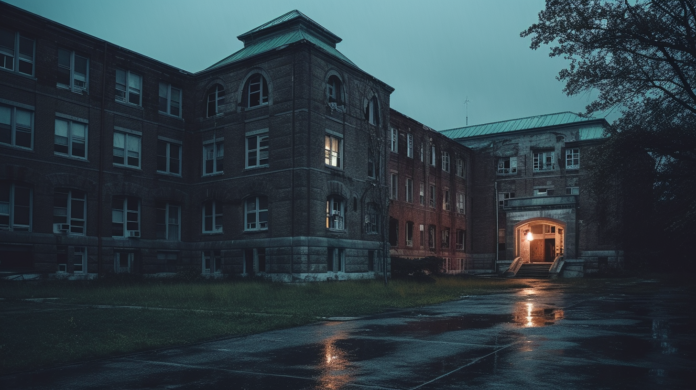From 1981 until 1989, Ronald Reagan led the United States as its 40th president. It would be too strong to say that his administration “removed the ability to commit the mentally ill,” but it is true that his policies had a major impact on mental health care in the United States.
Both the movement toward deinstitutionalization and the reduction of funding for social services were major contributors to the shifts in mental health policy that occurred during Reagan’s presidency. The goal of the deinstitutionalization movement, which gained momentum in the 1950s and ’60s, was to provide mental health services in local communities rather than in large, state-run hospitals. New psychiatric medications, the belief that community-based care would be more cost-effective, and rising concerns about the conditions in mental institutions all contributed to this change.
Reagan began this process as governor of California when the signed The Lanterman-Petris-Short (LPS) Act. The Lanterman-Petris-Short (LPS) Act is a California state law enacted in 1967 that fundamentally changed the way mental health care was approached and provided in the state. The LPS Act was a response to growing concerns about the involuntary commitment of individuals to mental institutions without proper legal protections, as well as the conditions within these institutions.
There were major shifts in federal funding for mental health services after Reagan signed the Omnibus Budget Reconciliation Act in 1981. For mental health services, this law merged several separate grant programs into a single block grant for the individual states to allocate as they saw fit. As a result, federal funding for mental health services was cut, shifting the burden to the states.
There is now a greater reliance on community-based care as a result of these shifts and ongoing deinstitutionalization efforts. On the other hand, community mental health services frequently lacked sufficient funding to meet the need. Many people with mental health issues went without treatment, which fueled an increase in homelessness and entangled many with the criminal justice system.
Here are some numbers.
In 1955, the United States had about 559,000 psychiatric beds, or about 339 beds for every 100,000 people. As of late (2016ish), there were only about 37,679 psychiatric beds available, which works out to about 12 beds per 100,000 people. The number of these psychiatric beds has steadily declined over time.
According to data compiled by the National Association of State Mental Health Program Directors (NASMHPD), state governments slashed 4,471 beds from their respective psychiatric hospitals between 2005 and 2010. This represented a drop of 14%. This further exemplifies the precipitous falloff in psychiatric bed availability during the time in question.
A study published in 2017 in the journal “Psychiatric Services” found that the number of beds dedicated to mental health in general hospitals in the United States fell by 35.8 percent between 1998 and 2013, from 50,509 to 32,393. The national shortage of psychiatric beds was exacerbated by the decline in general hospital beds dedicated to mental health.
Anybody who was in the police force from the mid-1980s to the early 2000s saw this firsthand. In 1998, I started working as a police officer. Even by the time I left working as a Patrol officer in 2004 or so, I could see how challenging it was to have someone committed involuntarily. Transport to a mental health facility was not always possible, even if the patient had asked for it. So, they released them back onto the streets.
The you had a big push to recognize the “rights” of the mentally ill, homeless and drug addicted in liberal states like California and Oregon. Legal precedents, such as that set forth in Martin v. City of Boise (2018) by the 9th Circuit Court of Appeals, have established that people without homes cannot be punished for sleeping in public spaces. Cities in California are finding it harder to enforce anti-camping ordinances and remove homeless people from public spaces without also providing them with alternative shelter options in light of this ruling.
Bam, you have the explosion of mentally ill walking the streets over the past three or four decades. Add to that the increasing percentages of mentally ill people in general and you have the perfect storm from what we are seeing today, which is obviously mentally ill person committing high profile after high provide killings.

